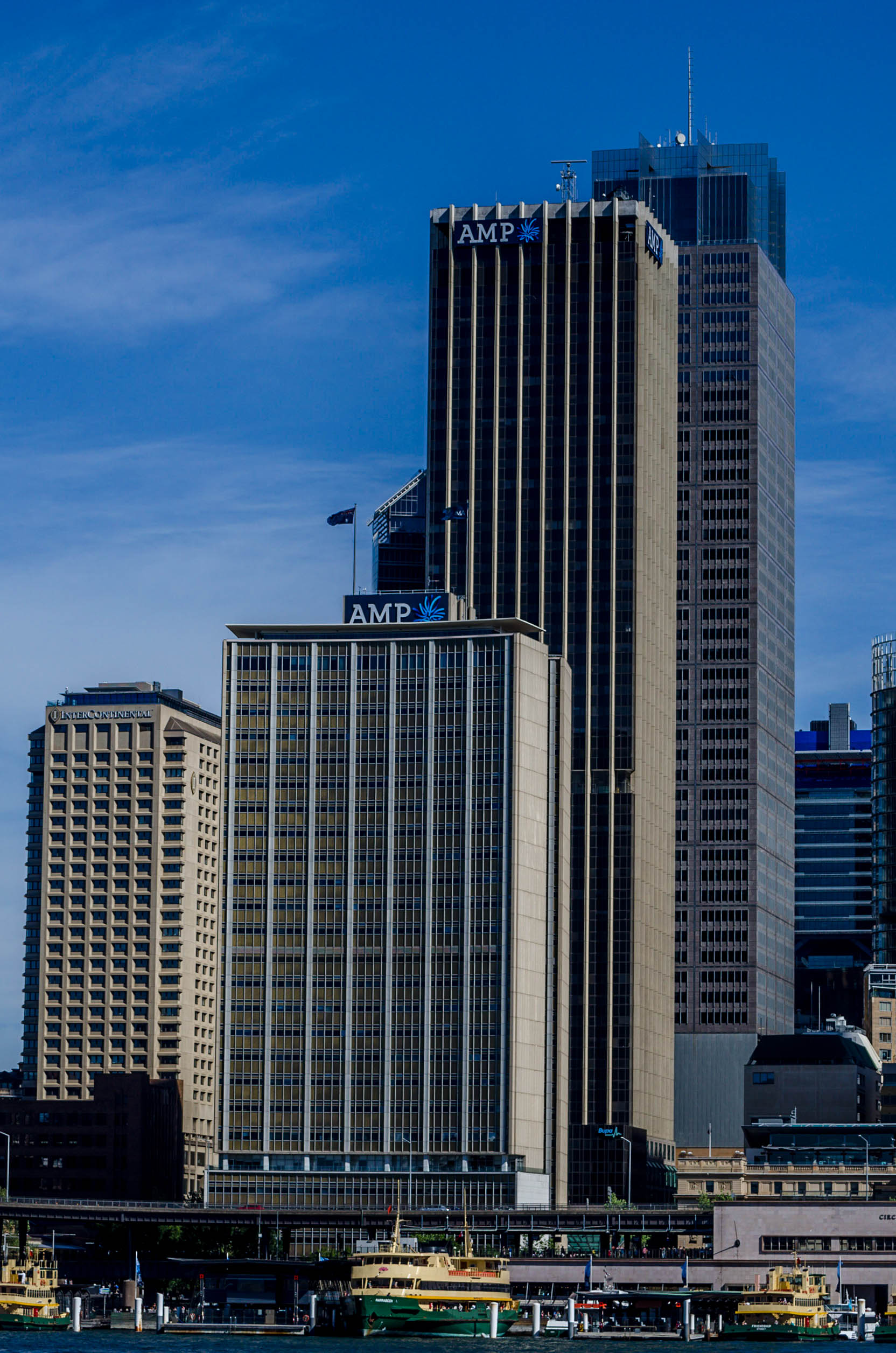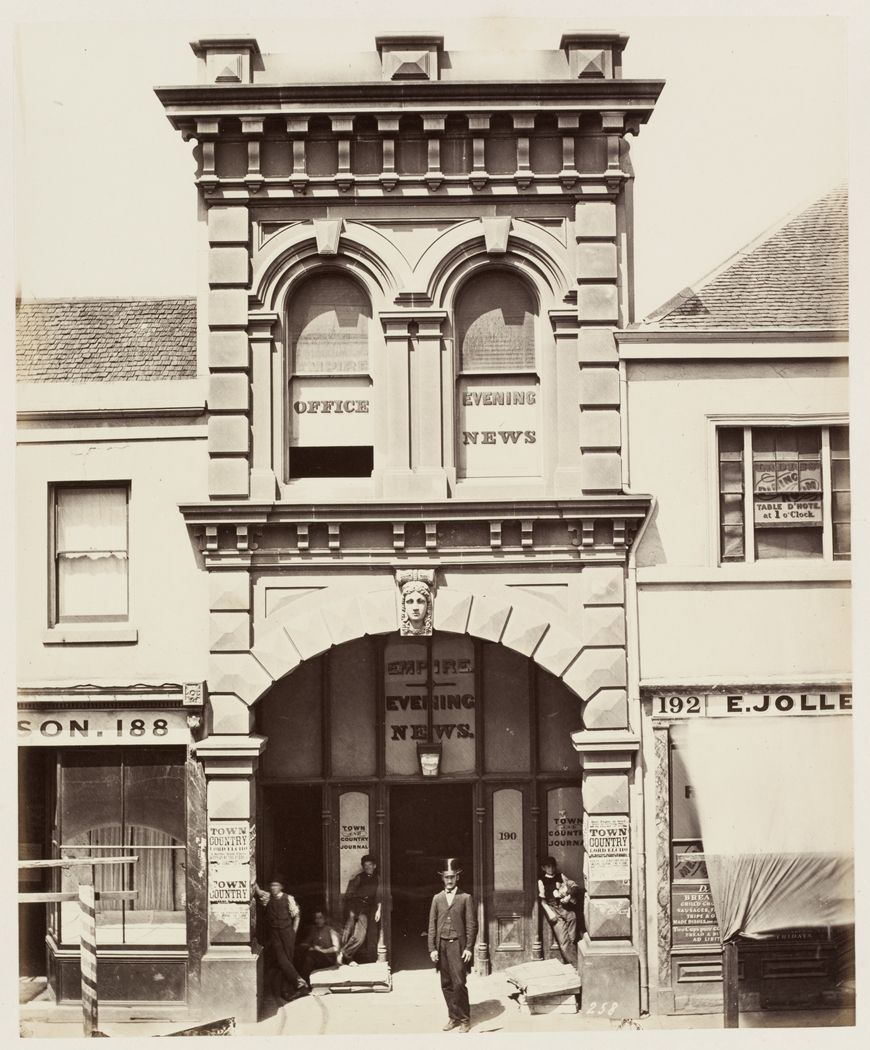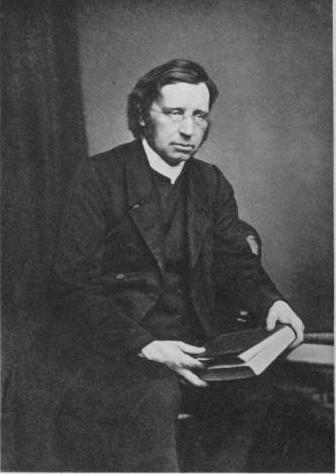|
William Horatio Walsh
William Horatio Walsh (12 September 1812 – 17 December 1882) was a High Church Anglican priest in Australia and England. Early life Walsh was born in London, the son of Isaac Richard and Sarah Walsh. He was educated at the Grammar School at Bury St Edmunds. An undergraduate of London University, Walsh was made deacon by the Bishop of London, Charles Blomfield on 10 June 1838 on condition that he seek ordination in the colonies. Less than two weeks later, on 21 Jun 1838, Walsh married Annie Ireland Treherne (1804 - 1890) at his family church of St George's Hannover Square, London, before departing for Australia onboard "The Fairlie" on 31 July 1838. Ministry in Sydney The Society for the Propagation of the Gospel (SPG) originally recommended Walsh as chaplain to Van Dieman's Land, however, he arrived in Sydney in December 1838 en route to Hobart and Bishop Broughton (then Bishop of Australia) allowed him to remain in Sydney. Walsh continued to receive financial assistance fr ... [...More Info...] [...Related Items...] OR: [Wikipedia] [Google] [Baidu] |
High Church
The term ''high church'' refers to beliefs and practices of Christian ecclesiology, liturgy, and theology that emphasize formality and resistance to modernisation. Although used in connection with various Christian traditions, the term originated in and has been principally associated with the Anglican tradition, where it describes churches using a number of ritual practices associated in the popular mind with Roman Catholicism and Eastern Orthodoxy. The opposite tradition is '' low church''. Contemporary media discussing Anglican churches erroneously prefer the terms evangelical to ''low church'' and Anglo-Catholic to ''high church'', even though their meanings do not exactly correspond. Other contemporary denominations that contain high church wings include some Lutheran, Presbyterian, and Methodist churches. Variations Because of its history, the term ''high church'' also refers to aspects of Anglicanism quite distinct from the Oxford Movement or Anglo-Catholicism. There rema ... [...More Info...] [...Related Items...] OR: [Wikipedia] [Google] [Baidu] |
John Keble
John Keble (25 April 1792 – 29 March 1866) was an English Anglican priest and poet who was one of the leaders of the Oxford Movement. Keble College, Oxford, was named after him. Early life Keble was born on 25 April 1792 in Fairford, Gloucestershire, where his father, also named John Keble, was vicar of Coln St. Aldwyns. He and his brother Thomas were educated at home by their father until each went to Oxford. In 1806, Keble won a scholarship to Corpus Christi College, Oxford. He excelled in his studies and in 1810 achieved double first-class honours in both Latin and mathematics. In 1811, he won the university prizes for both the English and Latin essays and became a fellow of Oriel College. He was for some years a tutor and examiner at the University of Oxford. While still at Oxford, he was ordained in 1816, [...More Info...] [...Related Items...] OR: [Wikipedia] [Google] [Baidu] |
Edmund Blacket
Edmund Thomas Blacket (25 August 1817 – 9 February 1883) was an Australian architect, best known for his designs for the University of Sydney, St. Andrew's Cathedral, Sydney and St. Saviour's Cathedral, Goulburn. Arriving in Sydney from England in 1842, at a time when the city was rapidly expanding and new suburbs and towns were being established, Blacket was to become a pioneer of the revival styles of architecture, in particular Victorian Gothic. He was the most favoured architect of the Church of England in New South Wales for much of his career, and between late 1849 and 1854 was the official " Colonial Architect to New South Wales". While Blacket is famous for his churches, and is sometimes referred to as "The Wren of Sydney", he also built houses, ranging from small cottages to multi-storey terraces and large mansions; government buildings; bridges; and business premises of all sorts. Blacket's architectural practice was highly influential in the development of Austral ... [...More Info...] [...Related Items...] OR: [Wikipedia] [Google] [Baidu] |
AMP Limited
AMP is a financial services company in Australia and New Zealand providing superannuation and investment products, financial advice, and banking products (through AMP Banking) including home loans and savings accounts. Its headquarters is in Sydney, Australia. The Australian Mutual Provident Society was formed in 1849 as a non-profit life insurance company and mutual society. In 1998, it was demutualised into an Australian public company, AMP Limited, and listed on the Australian and New Zealand stock exchanges. AMP has one of Australia's largest shareholder registers, with most shareholders living in Australia and New Zealand. This is because when the society demutualised, all policy holders received shares in the new company. In 2003, the company demerged its UK operations, creating the Henderson Group. On 20 April 2018, Craig Meller resigned as CEO after it was revealed in the Royal Commission into Misconduct in the Banking, Superannuation and Financial Services Industr ... [...More Info...] [...Related Items...] OR: [Wikipedia] [Google] [Baidu] |
Thomas Sutcliffe Mort
Thomas Sutcliffe Mort (23 December 18169 May 1878) was an Australian industrialist who improved the refrigeration of meat. He was renowned for speculation in the local pastoral industry as well as industrial activities such as his Ice-Works in Sydney's Darling Harbour and dry dock and engineering works at Balmain. Businessman Mort was born in Bolton, Lancashire, England in 1816. In 1878, he was associated with the Australian Mutual Provident Society. In 1849, he was one of a committee, which funded a company to promote sugar growing at Moreton Bay. In 1850 Mort was a member of the Sydney Exchange Co, and in 1851 he was a director of the Sydney Railway Co. and was also involved in mining (gold, later also copper and coal) and other enterprises. In the 1850s, he opened Mort's Dock in Sydney, a business that was not as successful as he wished. In 1843, he established Mort & Company, in Sydney, and held the first wool auction there, which was the beginning the wool auction ... [...More Info...] [...Related Items...] OR: [Wikipedia] [Google] [Baidu] |
Illawarra Mercury
The ''Illawarra Mercury'' is a daily newspaper serving the Illawarra region of New South Wales, Australia. It has been published since 1855, making it one of Australia's oldest newspapers and the second oldest regional newspaper in New South Wales.Illawarra Mercury (2005). Illawarra Mercury celebrating 150 years : 1855-2005'. Illawarra Mercury, Wollongong, N.S.W. p. 9-11. It has been published daily since December 1949, and has had no local daily competition since the 1960s. It has strong links to the Illawarra community. Under editor Peter Cullen, the ''Mercury'' was jocularly known as ''The Mockery'' among Illawarra residents for its poor copy editing, resulting in frequent typographical errors. As a result, it became a running gag on the ABC's '' Media Watch'' in the period when Stuart Littlemore hosted the programme. The ''Mercury'' is published in the standard Australian tabloid format, with each page having an approximate size of A3. The ''Mercury'' has had several Walk ... [...More Info...] [...Related Items...] OR: [Wikipedia] [Google] [Baidu] |
Robert Campbell (Australian Politician)
Robert Campbell (5 October 1804 – 30 March 1859) was an early opponent of penal transportation and an Australian politician, Colonial Treasurer of New South Wales. He was also an elected as a member of the New South Wales Legislative Council and later, the New South Wales Legislative Assembly. Campbell was the second son of Robert Campbell and born at Campbell's Wharf, The Rocks in Sydney, Australia. In 1810, his parents sent him to Pimlico, London, England to be educated and he returned in 1819. In 1827, Campbell joined his father's company Campbell and Co. One of his first duties was in January 1828 to travel to England on company business on the barque ''Lady Blackwood'' (John Dibbs, Master), returning to Sydney in March 1830, again on the ''Lady Blackwood''. In 1829, (in England) he became active in the anti-transportation campaign. In the early 1830s, he refused to sit on a jury that included emancipists in order to draw attention to this cause and as a result bec ... [...More Info...] [...Related Items...] OR: [Wikipedia] [Google] [Baidu] |
Alfred Stephen
Sir Alfred Stephen (20 August 180215 October 1894) was an Australian judge and Chief Justice of New South Wales. Early life Stephen was born at St Christopher in the West Indies. His father, John Stephen (1771–1833), was related to James Stephen, became a barrister, and was Solicitor-General at St Christopher before his appointment as Solicitor-General of New South Wales in January 1824. He arrived at Sydney on 7 August 1824 and in September 1825 was made an acting judge of the Supreme Court. On 13 March 1826, his appointment as judge was confirmed. He resigned his position at the end of 1832 on account of ill-health and died on 21 December 1833. Alfred Stephen was educated at Charterhouse School and Honiton grammar school in Devon. He returned to St Christopher for some years and then went to London to study law. In November 1823 he was called to the bar at Lincoln's Inn, and the following year sailed for Van Diemen's Land (Tasmania). Van Diemen's Land Stephen arrived at ... [...More Info...] [...Related Items...] OR: [Wikipedia] [Google] [Baidu] |
Empire (newspaper)
The ''Empire'' was a newspaper published in Sydney, Australia. It was published from 28 December 1850 to 14 February 1875, except for the period from 28 August 1858 to 23 May 1859, when publication was suspended. It was later absorbed by '' The Evening News''. History Henry Parkes founded the ''Empire'' and was its editor/proprietor until the business failed in August 1858. He made it "a newspaper destined to be the chief organ of mid-century liberalism and to serve as the rallying and reconciliation point for the sharpest radical and liberal minds of the day". The paper was bought by Samuel Bennett and William Hanson and resumed publication in May 1859 with the promise that "The Empire … will continue under the new management to advocate the same great principles by which it has hitherto been distinguished". In 1875 labour difficulties forced Bennett to merge the ''Empire'' with another of his papers, the ''Evening News''. ''The Evening News'' continued to be published unti ... [...More Info...] [...Related Items...] OR: [Wikipedia] [Google] [Baidu] |
St Augustine's College, Canterbury
St Augustine’s College in Canterbury, Kent, United Kingdom, was located within the precincts of St Augustine's Abbey about 0.2 miles (335 metres) ESE of Canterbury Cathedral. It served first as a missionary college of the Church of England (1848–1947) and later as the Central College of the Anglican Communion (1952–1967). Missionary college The mid-19th century witnessed a "mass-migration" from England to its colonies. In response, the Church of England sent clergy, but the demand for them to serve overseas exceeded supply. Colonial bishoprics were established, but the bishops were without clergy. The training of missionary clergy for the colonies was “notoriously difficult” because they were required to have not only “piety and desire”, they were required to have an education “equivalent to that of a university degree”. The founding of the missionary college of St Augustine’s provided a solution to this problem. The Revd Edward Coleridge, a teacher at Eton ... [...More Info...] [...Related Items...] OR: [Wikipedia] [Google] [Baidu] |
Cambridge Camden Society
The Cambridge Camden Society, known from 1845 (when it moved to London) as the Ecclesiological Society,History of the Society Ecclesiological Society was a learned society founded in 1839 by students at to promote "the study of |
Society For Promoting Christian Knowledge
The Society for Promoting Christian Knowledge (SPCK) is a UK-based Christian charity. Founded in 1698 by Thomas Bray, it has worked for over 300 years to increase awareness of the Christian faith in the UK and across the world. The SPCK is the oldest Anglican mission organisation in the world, though it is now more ecumenical in outlook and publishes books for a wide range of Christian denominations. It is currently the leading publisher of Christian books in the United Kingdom and the third oldest independent publisher in the UK. Mission The SPCK has a vision of a world in which everyone is transformed by Christian knowledge. Its mission is to lead the way in creating books and resources that help everyone to make sense of faith. Education has always been a core part of SPCK's mission. History Foundation On 8 March 1698, Rev. Thomas Bray met a small group of friends, including Sir Humphrey Mackworth, Colonel Maynard Colchester, Lord Guilford and John Hooke at Lincoln's ... [...More Info...] [...Related Items...] OR: [Wikipedia] [Google] [Baidu] |





